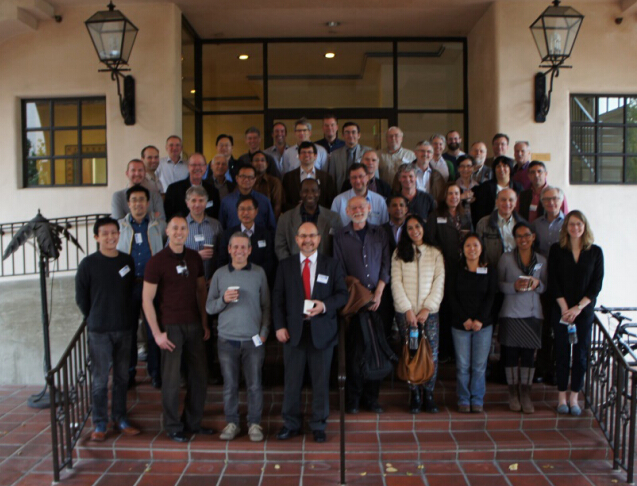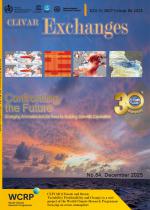Highlights of the Global Drought Information System Workshop

A group of international experts convened in Pasadena, USA, to discuss the next steps in coordinating global and regional information on drought understanding, monitoring, forecasting and management. The International Global Drought Information System (GDIS) Workshop: Next Steps was held from 11-13 December 2014 to review the physical mechanisms and predictability of drought world-wide, review and discuss regional capabilities and needs versus global capabilities, and develop pilot projects as part of a limited duration, real-time demonstration of current GDIS capabilities.
The workshop goals addressed the fact that there is currently no global, authoritative, and consistent information on drought that is easily accessible to all users, including real-time assessments of on-going drought and information on our understanding of the physical mechanisms and predictability of drought. The meeting featured a joint open session with representatives of the GEWEX Hydroclimatology Panel (GHP) on Wednesday 10 December 2014. Representatives of the GHP Regional Hydroclimate Projects (RHPs) and other scientists presented their drought-related research along with science talks on topics of importance to society and relevant to climate services, during this joint session.
The workshop participants agreed to add regional and global monitoring products as well as compile a list of peer-reviewed global drought forecasting products to the existing GDIS web portal and to develop a GDIS concept note in the next three months that will establish a framework for participation in the GDIS. The GDIS web portal is supported by US National Integrated Drought Information System (NIDIS) and hosted by the US National Climatic Data Center (NCDC).
Another key outcome of the workshop was that representatives of many existing regional and global drought initiatives tentatively agreed to contribute to the GDIS pilots, including the WMO/GWP Integrated Drought Management Programme. In addition, the review of drought research provided a wide-ranging assessment of current understanding and capabilities, and it highlighted the key gaps that limit our ability to predict and monitor drought world-wide.There were more than 60 participants from 15 countries spanning the drought research community and selected representatives from applications communities and providers of regional and global drought information products throughout the world.
The workshop was hosted by the NASA Jet Propulsion Laboratory's Climate Center and was jointly organized by the Global Energy and Water Cycle Exchanges Project (GEWEX) and the CLIVAR (climate and Oceans - Variability, Predictability and Change) Project, two of the core project of the World Climate Research Programme (WCRP). Sponsorship and support for the workshop were provided by the US NIDIS program, the World Climate Research Program (WCRP), GEWEX, CLIVAR, the World Meteorological Organization (WMO), the Group on Earth Observations (GEO), the European Commission Joint Research Centre (JRC), US Climate and Ocean: Variability, Predictability and Change (CLIVAR) program, and the US National Oceanic and Atmospheric Administration (NOAA) programs on Modeling, Analysis, Predictions and
Projections (MAPP) and Climate Variability & Predictability (CVP)










